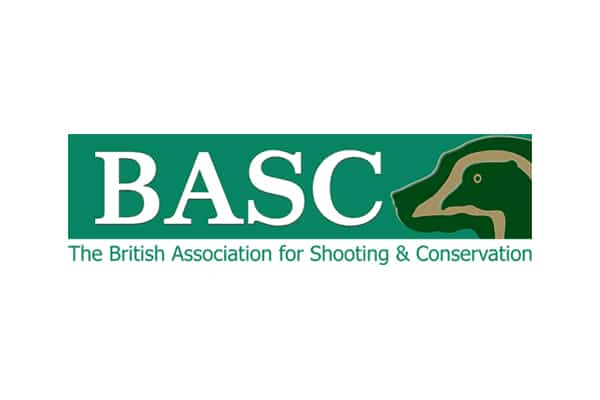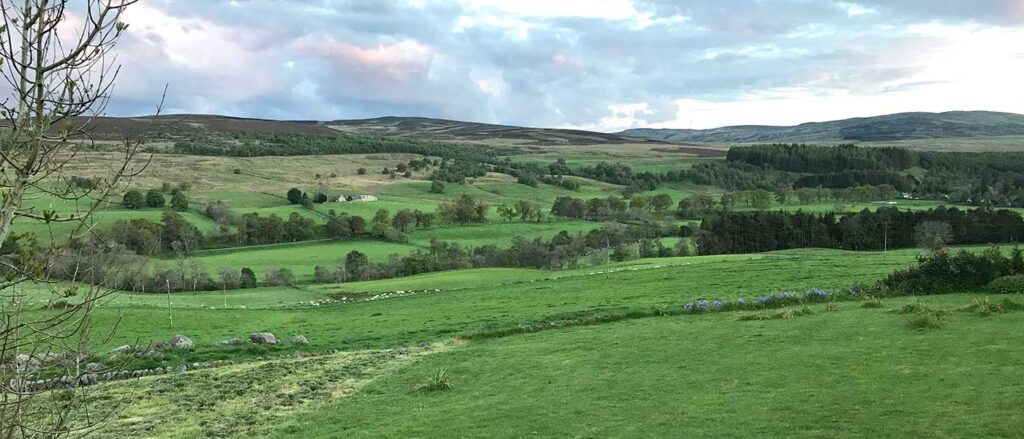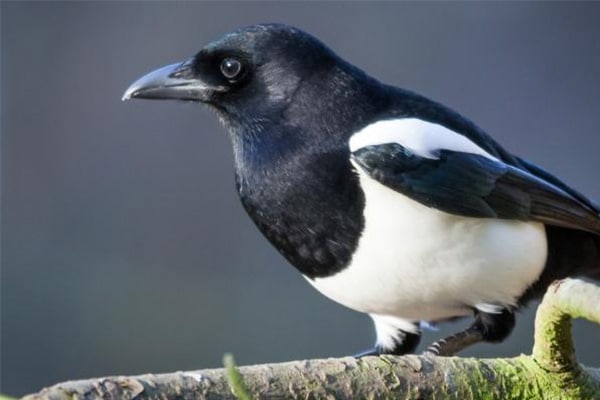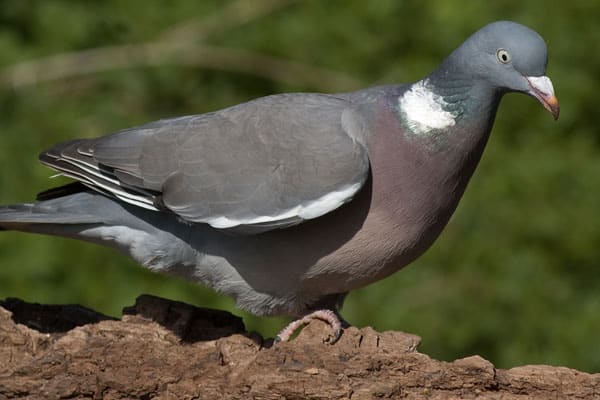
Leading organisations respond to new general licences
New licences went live on Friday, 14 June 2019.
Get information on the legal shooting season for mammals and birds in the UK.
Learn about our current conservation projects and how you can get involved.
Comprehensive information and advice from our specialist firearms team.
Everything you need to know about shotgun, rifle and airgun ammunition.
Find our up-to-date information, advice and links to government resources.
Everything you need to know on firearms law and licensing.
All the latest news and advice on general licences and how they affect you.

“Here we go” I hear some of you say; Natural England has already buckled under pressure from Wild Justice and now we see Scottish Natural Heritage (SNH) doing the same, after they received a letter from Chris Packham.
SNH has now stated they will be reviewing their own general licences and that there will be a 12-week consultation later this summer. So is this is SNH buckling under? I don’t think so.
There are some very serious differences in the approaches of the nature conservation agencies north and south of the border, and this should be recognised and acknowledged.
The photograph on this blog was taken from my kitchen yesterday evening and it shows relative calm over Strathbraan in Highland Perthshire. We have a wide array of breeding waders – curlew, oystercatcher, snipe, lapwing and sandpipers, along the river – and we can continue to trap and shoot crows to prevent losses from predation. Farmers at the end of our late lambing can also continue to control crows. Gamekeepers can manage crows to protect both red and black grouse, of which there are just about as many of each in this area.
We are lucky in Scotland, and this is not going to change overnight. SNH has stated that their review and consultation will be focused on ensuring that general licences for 2020 will be fit for purpose. Our existing general licences will continue to run unaffected this year.
The last major consultation on general licences in Scotland was in 2016. Looking back at BASC Scotland’s response to that consultation, we recommended a number of things, including that the licences could be simplified, that awareness could be raised and that adaptive licensing solutions should be developed.
We supported a code of practice for trapping pest birds and the use of meat baits in Larsen mate/pod traps. Many recommendations were taken forward. We did not get all that we wanted but we did achieve simplification, the use of meat baits in certain traps and the inclusion of resident greylags on general licence 2 during July and August.

Looking forward rather than back, SNH is in a good position for this new review of general licences.
There has been recent and detailed research on the use of Larsen and other cage traps by Science & Advice for Scottish Agriculture (SASA). A large number of BASC members in Scotland contributed to this research – gamekeepers in both the uplands and lowlands and enthusiastic conservationists in urban areas, working traps in their gardens to deal predominantly with magpies.
A few years ago, they probably thought that BASC was mad encouraging and coercing them to take part in this research (including attaching trail cameras to their traps). The results of this research are now crucial in supporting ongoing trapping. We all remain grateful for their help.
There is also good data from the British Trust for Ornithology (BTO) on the increasing population trends of most of the birds that we may regard as “pests” as well as the recent work of the Understanding Predation initiative. This clearly demonstrated that both academic research and on-the-ground knowledge points towards avian and other predation as a cause of the decline in ground-nesting birds. This is now being taken forward by the Working for Waders initiative.
So, yes, we have a review of general licences in Scotland and, yes, we have a public consultation. We can expect an avalanche of responses from the antis, as we have experienced on recent Scottish issues such as snaring and air gun licensing.
However, BASC will submit a robust, clear and evidence-based response on behalf of our members and others who rely on general licences for the management of pest birds.
We expect SNH to listen to our views and incorporate them into the general licences for 2020.

New licences went live on Friday, 14 June 2019.

Attention now focused on ensuring people do not fall foul of changes.

Defra leading review in close partnership with Natural England.
Sign up to our weekly newsletter and get all the latest updates straight to your inbox.
© 2023 British Association for Shooting and Conservation. Registered Office: Marford Mill, Rossett, Wrexham, LL12 0HL – Registered Society No: 28488R. BASC is a trading name of the British Association for Shooting and Conservation Limited which is authorised and regulated by the Financial Conduct Authority (FCA) under firm reference number 311937.
If you have any questions or complaints about your BASC membership insurance cover, please email us. More information about resolving complaints can be found on the FCA website or on the EU ODR platform.
This website uses cookies so that we can provide you with the best user experience possible. Cookie information is stored in your browser and performs functions such as recognising you when you return to our website and helping our team to understand which sections of the website you find most interesting and useful.
Strictly Necessary Cookie should be enabled at all times so that we can save your preferences for cookie settings.
If you disable this cookie, we will not be able to save your preferences. This means that every time you visit this website you will need to enable or disable cookies again.
This website uses Google Analytics to collect anonymous information such as the number of visitors to the site, and the most popular pages.
Keeping this cookie enabled helps us to improve our website.
Please enable Strictly Necessary Cookies first so that we can save your preferences!
More information about our Cookie Policy